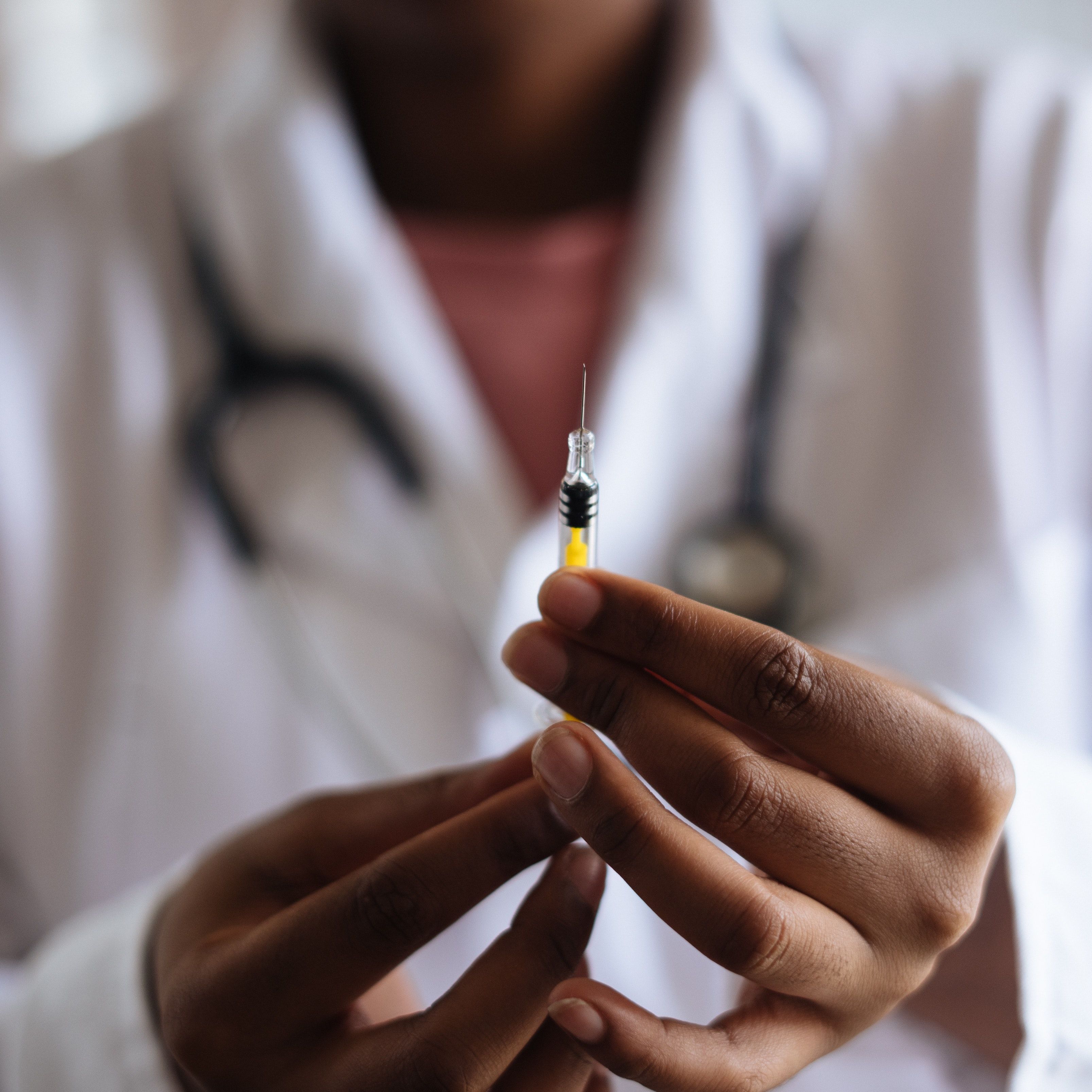Article
Dupilumab Improves Severity and Symptoms in Children with Atopic Dermatitis
By combining specific severity-associated serum biomarkers, investigators were able to predict atopic dermatitis severity in children.

A study of duplimab provided evidence that the treatment improves atopic dermatitis (AD) disease severity and symptoms in pediatric patients. The effectiveness of the drug in this population has been shown in previous studies, but this investigation focused on daily practice for 28 weeks.
The team of investigators led by Esmé Kamphuis, Department of Dermatology, University Medical Center Groningen, University of Groningen, aimed to evaluate the treatment's safety, effectiveness, and serum biomarkers when administered to children with moderate-to-severe AD in daily practice.
By combining specific severity-associated serum biomarkers, investigators were able to predict atopic dermatitis severity after calculating the predicted-Eczema Area and Severity Index (EASI) score (p-EASI).
Measuring AD Improvement
A total of 61 children (6-12 years of age) and adolescents (aged 12-18 years) were included in the prospective multicenter observational cohort study conducted at the department of Dermatology of the University Medical Center Groningen, the National Expertise Center for Atopic Dermatitis from the University Medical Center Utrecht (UMCU), and the department of Dermatology of the Radboud University Medical Center.
In addition to EASI (range: 0-72), disease severity was assessed by the 6-point Investigator's Global Assesment (IGA) (range: clear-almost clear-mild-moderate-severe-very severe), both of which were rated by trained physicians.
Investigators also employed the Patient-Oriented Eczema Measure (POEM) (range 0– 28), the Numeric Rating Scale (NRS) (range 0–10) of the average pruritus and pain of the past week, and sleep deprivation (yes or no).
Study endpoints were determined by the proportion of patients who achieved ≥50%, ≥75%, or ≥90% improvement in EASI score (EASI- 50, EASI- 75, and EASI- 9, respectively), (almost) clear on the IGA score, ≥4 points reduction in NRS-pruritus and pain score, and ≥4 points improvement in POEM score at week 4,16, and 28 compared to baseline.
Increasing Scores, Decreasing Biomarkers
Results showed that 75.4% of patients reached EASI-50, 49.2% met EASI-75, and 24.6% attained EASI-90. IGA scores of (almost) clear were observed in 36.1% of the study population. A significant correlation was identified between the p-EASI and disease severity.
Improvements of at least 4 points on POEM score (84.7%), NRS- pruritus (45.3%), and NRS- pain (77.4%) were demonstrated. And during treatment with dupilumab biomarkers TARC, PARC, periostin, sIL- 2Ra, and eotaxin-3, significantly decreased.
Adverse events were minor. Conjunctivitis was reported by 10 of the 61 patients while 4 reported headache.
"Dupilumab treatment significantly improved disease severity and disease- associated symptoms and decreased severity-associated serum biomarkers in pediat-ric AD patients in daily practice," investigators concluded.
The study "Dupilumab in daily practice for the treatment of pediatric atopic dermatitis: 28-week clinical and biomarker results from the BioDay registry" was published in Pediatric Allergy and Immunology.





